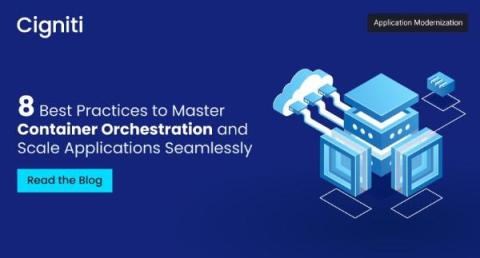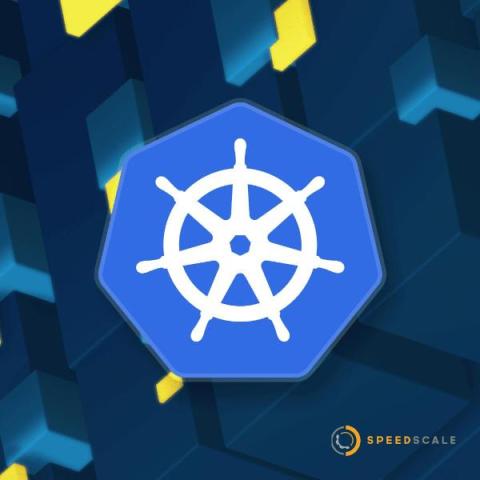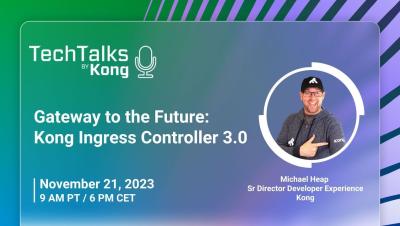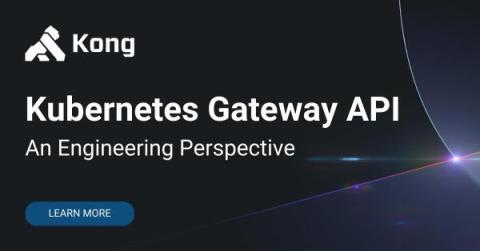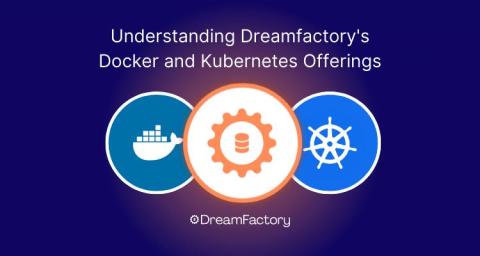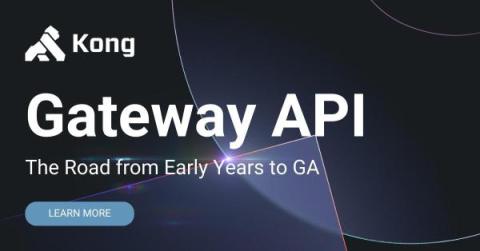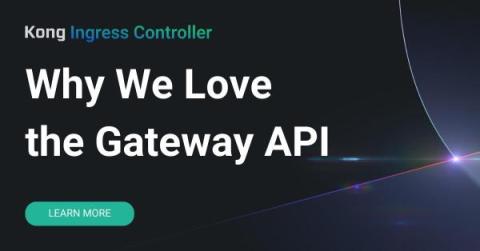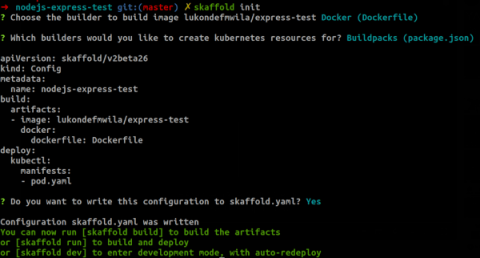8 Best Practices to Master Container Orchestration and Scale Applications Seamlessly
Mastering container orchestration is the key to scaling applications seamlessly in today’s dynamic digital realm. By leveraging sophisticated platforms like Kubernetes or Docker Swarm, businesses streamline the management of complex application architectures, ensuring efficient resource allocation, fault tolerance, and automated scaling.


